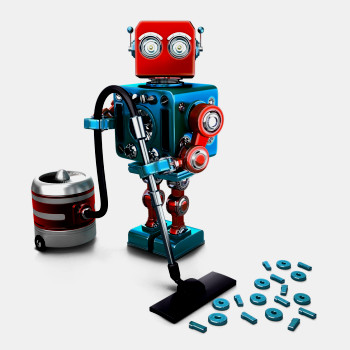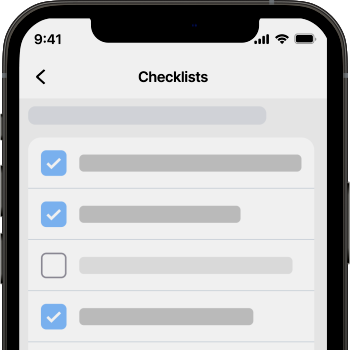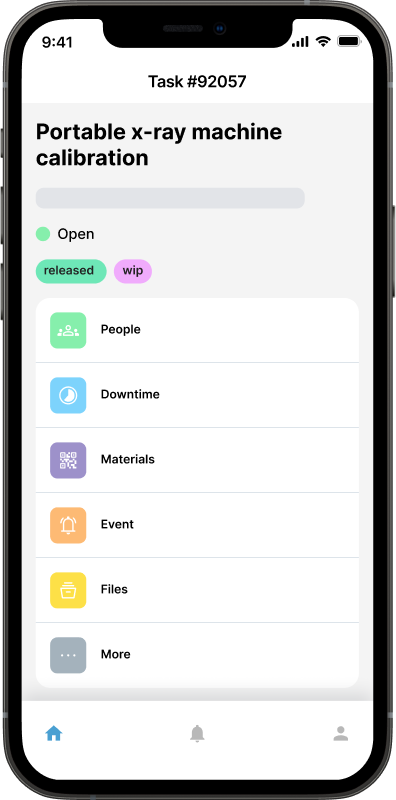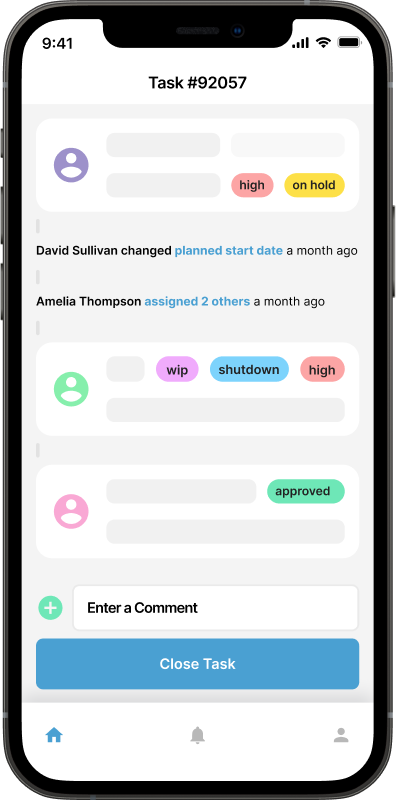Tips for Migrating Your Maintenance Tasks to Software

Switching software tools can feel like a lot. For many maintenance teams, the story starts the same way: a handful of spreadsheets, paperwork orders pinned to a board, and lots of walking around to check who’s doing what. It works until it doesn’t.
When your team grows, your equipment list expands, or downtime starts costing more than you’d like, the old manual ways just don’t keep up. That’s when most organizations start looking at a CMMS (Computerized Maintenance Management System) like Maintainly to take the chaos out of maintenance management.
But here’s the thing: moving from paper or spreadsheets into software isn’t just about “switching tools.” It’s about changing habits, aligning your team, and setting yourself up for smoother maintenance in the long run.
How to Migrate Maintenance Tasks to Software
If you’re preparing to make that move, here are some practical tips to make the transition stress-free and successful.
1. Start With Why
Before you introduce any software, take a moment to step back and clarify why you’re making the switch.
Do you want to reduce downtime?
Do you need a better audit trail for compliance?
Do you want to cut the back-and-forth between team members?
Do you simply want to stop chasing spreadsheets?
When your team understands the “why,” adoption gets a lot easier, instead of thinking “new system = extra work,” your crew sees it as the tool that will take away headaches.
2. Take Small Bites
One of the biggest mistakes organizations make is trying to move everything at once. That’s a recipe for overwhelm and often leads to rushed setups, frustrated staff, and abandoned systems.
Instead, focus on making progress in one manageable area before expanding. For example, you might start with preventive maintenance for your most critical equipment—something that will deliver immediate value and help build buy-in from your team. Or you could begin with a single process like handling incoming maintenance requests from staff, which creates an easy win and helps people get comfortable using the system.
With Maintainly, this could mean starting as simple as creating one preventive maintenance schedule for a high-value asset like your main HVAC system. Once your team sees how easy it is to log work, track completion, and set reminders, you’ll be ready to expand that process to other assets. From there, you can gradually roll out work request handling, inventory tracking, and reporting.
By breaking it down this way, you’ll build confidence step by step, both for yourself and for your team, without the chaos of trying to “do it all” on day one.
3. Clean Your Data Before You Migrate

Software can’t fix messy data. If your spreadsheets are full of half-complete records, duplicate equipment entries, or vague descriptions like “pump #2,” those same problems will just move into your CMMS.
Take some time to:
Standardize naming (e.g., “Air Handling Unit 1” instead of “AHU1” or “Main Air Unit”).
Remove duplicates.
Double-check meter readings, service dates, and parts lists.
Decide what really needs to come over and what can be archived.
This prep work pays off. Your CMMS will feel cleaner, easier to use, and far less frustrating from the start.
4. Involve the People Who Actually Do the Work
Maintenance software shouldn’t just be chosen and set up by management. The people using it every day—technicians, operators, and even staff who submit requests—should have a real voice in the process. After all, they’re the ones who will feel the daily impact of the system, for better or worse.
A good way to start is by asking them simple but revealing questions:
What slows you down today?
What do you wish were easier?
What information would save you time if it were always available?
These questions not only uncover frustrations but also point directly to features that will matter most when choosing and configuring the software.
For example, during rollout, you might discover that your technicians spend extra time writing down serial numbers and equipment details in notebooks before transferring them to a computer later. That slows them down and creates errors. By involving them early, you’d quickly learn that having a mobile-friendly app where they can scan a barcode or upload a photo from their phone would eliminate that pain point. Maintainly makes this process straightforward, and when technicians see their input reflected in the setup, they’re far more likely to embrace the system.
Involving your team from the beginning leads to better insights, smoother adoption, and a stronger sense of ownership. Plus, you’ll avoid costly missteps that happen when decisions are made in a vacuum.
5. Train in the Flow of Work
Nobody loves a long training session with slides and handouts. The best way to learn new software is by using it. Maintainly is designed to be so intuitive that only 2% of our customers ever request formal training. But even so, it’s smart to give your team a gentle introduction:
Walk them through creating a single work order.
Show them how to scan an asset QR code.
Let them practice updating a status or uploading a photo.
Keep it short, keep it practical, and focus on the features they’ll use every day. Once they see how easy it is, adoption becomes natural.
6. Use Mobile Access to Your Advantage

Most maintenance teams aren’t sitting at desks all day. They’re in the workshop, on the plant floor, or out in the field. That’s why mobile access is a game-changer. Instead of filling out paperwork later or running back to the office computer, technicians can:
Create or close work orders from their phone.
Snap photos of the issue before and after.
Get notified instantly when they’ve been assigned a task.
This results in less wasted time, fewer missed details, and better communication all around.
7. Keep Communication Clear
If people don’t know what’s happening, they’ll assume the worst. Be transparent about the rollout:
• Share the timeline.
• Let people know what’s changing (and what isn’t).
Change is easier when people feel included and informed.
8. Measure Progress and Celebrate Wins
Decide early on what success looks like for your team. It could be:
Cutting downtime by 10%.
Reducing emergency repairs.
Having every preventive task logged on time.
Shortening response times to maintenance requests.
Track your progress in Maintainly’s built-in analytics and dashboards. And don’t forget to celebrate. When the team sees results, they’ll feel motivated to keep using the system.
9. Take Advantage of Support
Don’t struggle in silence. Whether it’s a technical question, a workflow tip, or advice on setup, make use of the support included with your CMMS.
At Maintainly, we pride ourselves on offering responsive, human support because the last thing you need is another system that makes life harder. If you hit a roadblock, reach out. Chances are, we’ve helped another team through the same challenge before.
Final Thoughts
Migrating your maintenance tasks to software can feel intimidating at first. But with the right approach, it doesn’t have to be a headache.
Instead, it becomes a turning point. Suddenly, you’re not guessing about what’s been done. You’re not digging through spreadsheets to find last year’s service record. You’re not chasing technicians for updates.
You’re running a modern, streamlined maintenance operation that gives you back time, saves money, and reduces stress.
And best of all, you don’t need months of setup, expensive consultants, or endless training sessions. With Maintainly, you can get started in minutes, scale only when you need to, and finally ditch the spreadsheets for good.
Ready to Make the Switch? Start your free 14-day trial of Maintainly today!

